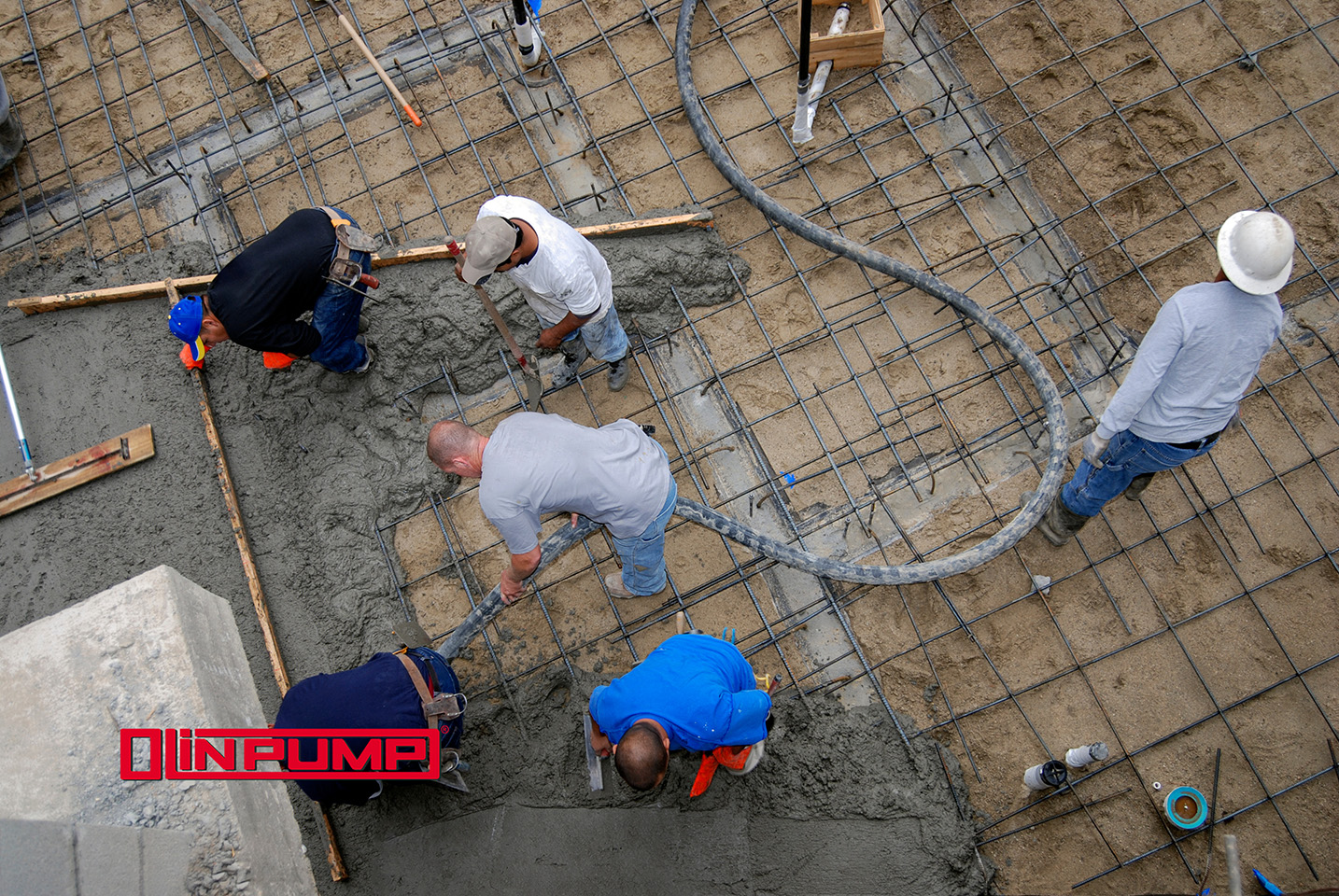
The growing use of hybrid fiber-reinforced concrete (HFRC) has introduced new questions in the field, particularly when it comes to pumping behavior. These mixes, which often combine steel, polypropylene, and other synthetic fibers, are engineered to enhance structural durability, control cracking, and improve impact resistance. They’re commonly used in shotcrete applications for tunnels, slope reinforcement, industrial slabs, and other demanding placements. But when mixes become more complex, understanding how they move through ball valve and s-tube pumps becomes part of planning.
In practice, fiber content can lower apparent slump without necessarily harming pumpability. Under vibration and pumping energy, properly proportioned fiber mixes typically move as intended; if additional workability is needed, industry guidance recommends using mid- or high-range water-reducing admixtures rather than adding water (see FRCA FIP-3). For higher fiber dosages with stiffer, higher-modulus fibers such as steel, designers often increase mortar/paste content to maintain flow. ACI 211.1 cites about a 10% mortar increase as a typical adjustment path where pumpability is a concern.
Field behavior depends on fiber type, aspect ratio, and dose, plus line length, number of elbows, and temperature. As fiber content rises, flow resistance and line pressure can increase over long runs and tight geometrics. It’s good practice to trial batch the actual setup before production to confirm pressure, output, and finish quality. This approach is widely recommended to help contractors identify the right proportions for placing and pumping fiber mixes before committing to large-scale pours, especially for structural shotcrete or vertical lifts.
Feeding matters too. At the hopper, round bar grates and steady grate/hopper vibration help prevent fiber bridging so material feeds cleanly into the pump. Downstream, favor the largest practical line, use a gentle reducer schedule, and monitor wear in elbows and reducers, while steel fibers, in particular, can accelerate abrasion.
In short, hybrid fibers themselves do not fundamentally change how a concrete pump operates. However, they tighten the margin on mix design and layout. For operators used to traditional mixes, it’s a matter of preparation, clean equipment, sensible hose diameters, and a short trial pump. With proper planning, fiber-reinforced mixes can be managed using standard ball valve or s-tube equipment without significant modification.
Reference:
FRCA. Fibers in Practice – FIP 3: Placing, Pumping & Finishing Fiber-Reinforced Concrete